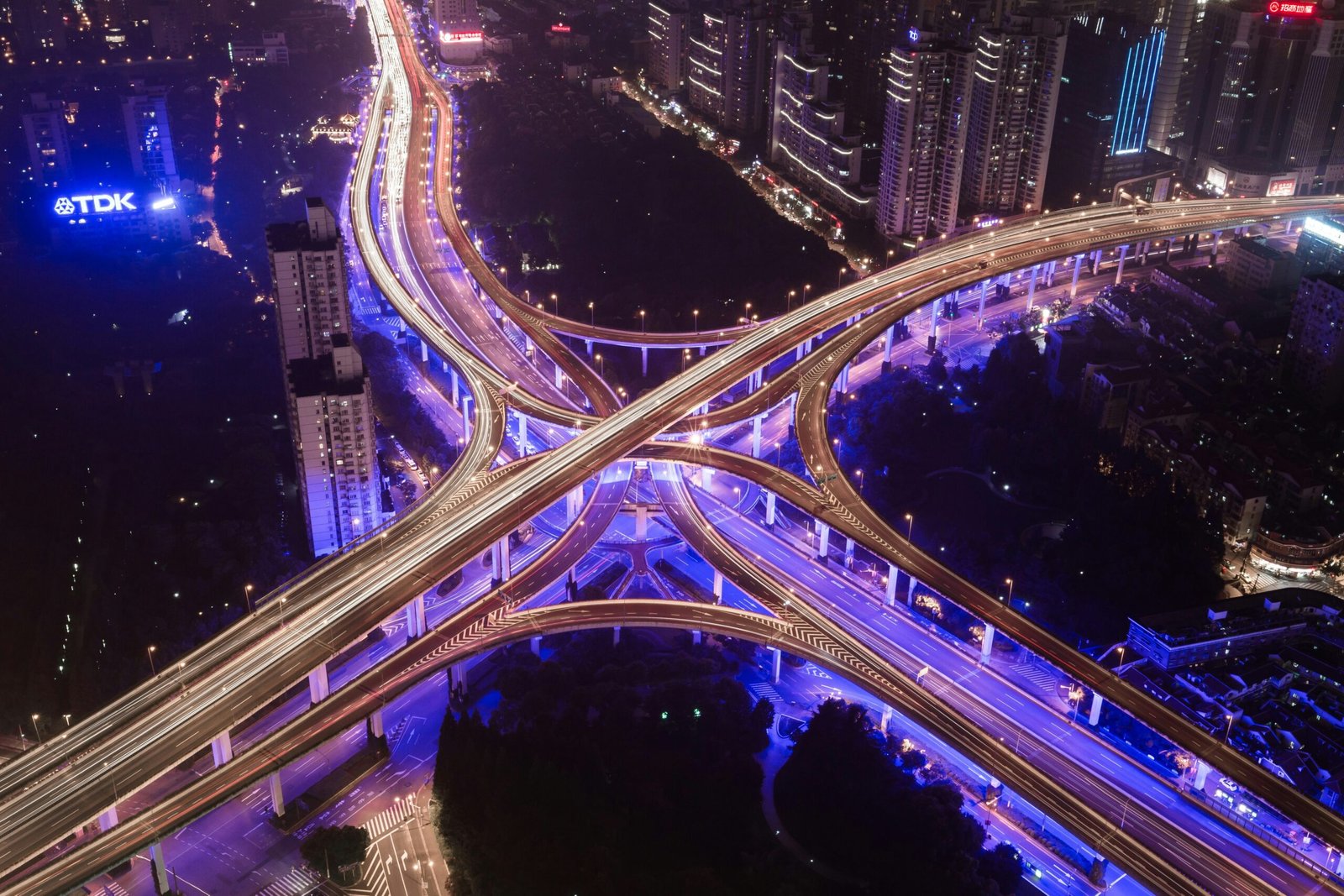Introduction
In recent years, the concept of smart cities has gained significant traction worldwide. These cities leverage technology to improve the quality of life for their residents and enhance efficiency in various sectors. Singapore, known for its forward-thinking approach, has emerged as a leader in the smart city movement. One crucial aspect of smart cities is urban connectivity, which focuses on creating seamless connections between people, devices, and infrastructure. In this article, we will explore the role of UI/UX solutions in enhancing urban connectivity in Singapore.
The Importance of Urban Connectivity
Urban connectivity plays a vital role in ensuring the smooth functioning of a smart city. It encompasses various aspects, such as transportation, communication, and access to public services. By leveraging UI/UX solutions, cities can streamline these processes, making them more efficient and user-friendly.
Enhancing Transportation
Efficient transportation is a cornerstone of any smart city. In Singapore, UI/UX solutions can be employed to optimize public transportation systems. For example, mobile applications can provide real-time information on bus and train schedules, helping commuters plan their journeys more effectively. Additionally, user-friendly interfaces can enable seamless ticketing and payment options, reducing the need for physical tokens or cash.
Improving Communication
Effective communication is crucial for urban connectivity. UI/UX solutions can facilitate seamless communication between city authorities and residents. For instance, mobile apps can provide timely updates on road closures, construction projects, and other disruptions, allowing residents to plan their routes accordingly. Furthermore, user-friendly interfaces can enable residents to report issues or provide feedback directly to the relevant authorities, fostering a sense of community engagement.
Access to Public Services
Smart cities aim to provide convenient access to public services. UI/UX solutions can enhance the user experience when accessing these services. For example, online portals can be designed with intuitive interfaces, making it easier for residents to apply for permits, pay bills, or access government information. By simplifying these processes, UI/UX solutions contribute to a more efficient and user-friendly experience for residents.
Challenges and Considerations
While UI/UX solutions offer significant benefits, there are challenges and considerations to keep in mind. One challenge is ensuring accessibility for all residents, regardless of their technological literacy or physical abilities. UI/UX designers must prioritize inclusivity and consider the diverse needs of the population. Additionally, data privacy and security are paramount concerns in smart cities. UI/UX solutions must be designed with robust security measures to protect sensitive information.
Conclusion
Urban connectivity is a key element of smart cities, and UI/UX solutions play a crucial role in enhancing this connectivity. In Singapore, these solutions can improve transportation systems, streamline communication, and provide convenient access to public services. However, it is essential to address challenges such as accessibility and data security to ensure that these solutions benefit all residents. By leveraging UI/UX design principles, Singapore can continue to lead the way in creating a truly connected and user-centric smart city.












Leave a Reply